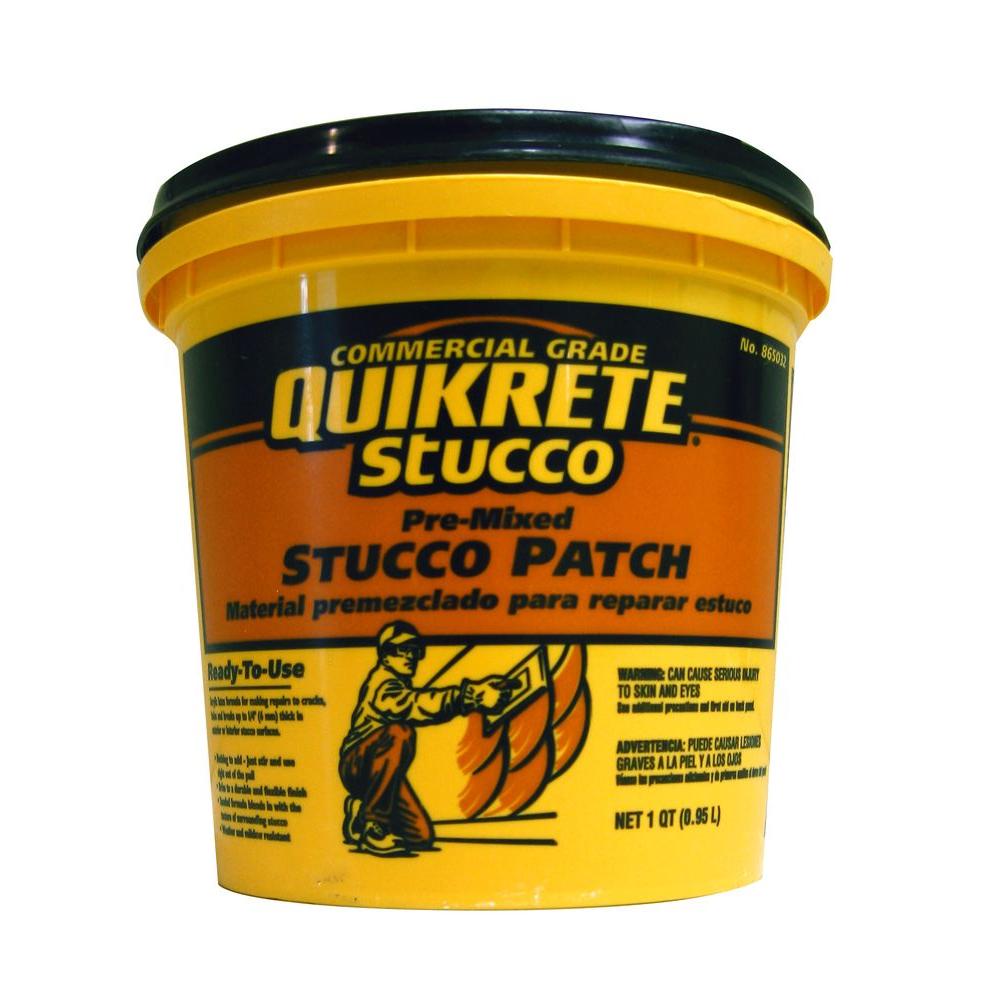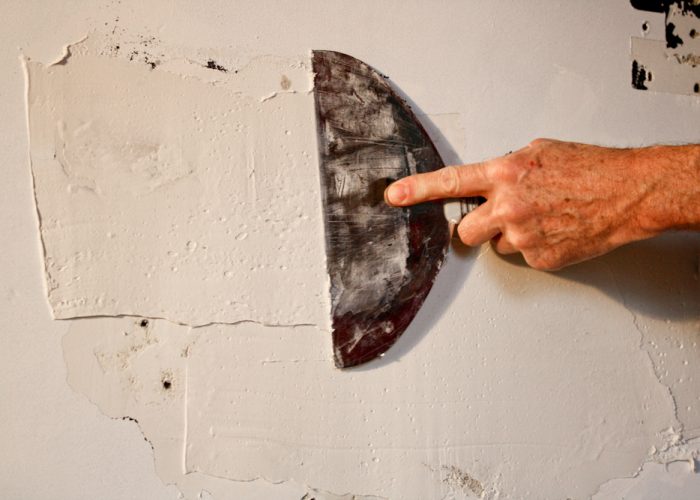
When repairing stucco, use the type that matches the original. Stucco may be painted, but also may be tinted before it is applied. (Lime stucco often includes animal hair.) The best matches for your original stucco will come from local sources check local quarries for sand and small pebbles that may blend in. It, too, is durable and versatile, but hardens more than lime stucco and can be brittle.įor either type of stucco, the texture of the finish coat may come from mix-ins including sand, mica, or pebbles. Portland cement is a mixture of cement, sand, water, and slaked lime, with the addition of an aggregrate. Lime stucco, flexible and less prone to cracking, is composed of sand, water, and slaked lime as well as an aggregate for texture. Two types commonly found on American old houses are lime stucco and Portland-cement stucco. Check out our list of the best spackling pastes in 2022.Because of its durability, fire resistance, and low-maintenance qualities, stucco has long been used as an exterior finish, starting with the Romans and continuing to this day. If you've got larger holes, such as from removing an electrical box, you need to fill it in with a small piece of drywall, tape it, finish it (with drywall finishing compound) and texture it. You can fill holes up to about one inch in diameter with spackling. Remember, we’re talking about spackling paste here, not drywall finishing compound. Of course, in those applications, one should have something stronger than just drywall, such as a rub rail to protect the wall. It really isn't as strong as standard spackling is. If it is applied in a case where furniture, carts, or furniture will bump into it, the spackling can crush faster and easier than standard spackling. Overall, lightweight spackling, by whatever brand, is far superior to standard spackling for interior drywall. These lightweight spacklings can also be textured by touching the still moist spackling with a finger. They are also quick drying, and sand quickly and easily. They don’t shrink as they’re drying, so they won’t crack. Since they are lightweight, they can be applied in one heavy coat, as opposed to layering multiple coats. So, if you have any large imperfections in the wall, you can pretty much count on having to apply several coats, delaying the completion of your project.įor interior walls, lightweight spacklings are a real advantage.

#EXTERIOR PLASTER PATCH CRACK#
Additionally, standard spackling shrinks as it dries heavy coats will crack from this.


You can only put a limited amount of it in a hole, or it will begin to sag, even to the point of running out of the hole. The weight of standard spackling causes some serious problems though. These spackling products will work with other materials than just drywall, such as wood trim, brick and even concrete. Standard spackling can be made with acrylic, vinyl, or epoxy fillers, all of which are designed to add strength to the spackling. Spackling pastes basically come in two varieties, standard and the newer lightweight spackling. I firmly believe that proper surface preparation is the most important part of any paint project. So, if all these rooms are so imperfect, I guess it’s a good thing we have spackling paste to fill in those holes, dings, and gouges in our walls.

For me, every room I've ever painted has needed cleaning, caulking, spackling, and many times it even needed the trim to be repaired. I don’t know where that room is, but there must be at least one. Somewhere in the world, there’s a room that needs painting, which is so perfect, so well cared for, that there’s nothing to fix, nothing to caulk, not one single hole to spackle.


 0 kommentar(er)
0 kommentar(er)
